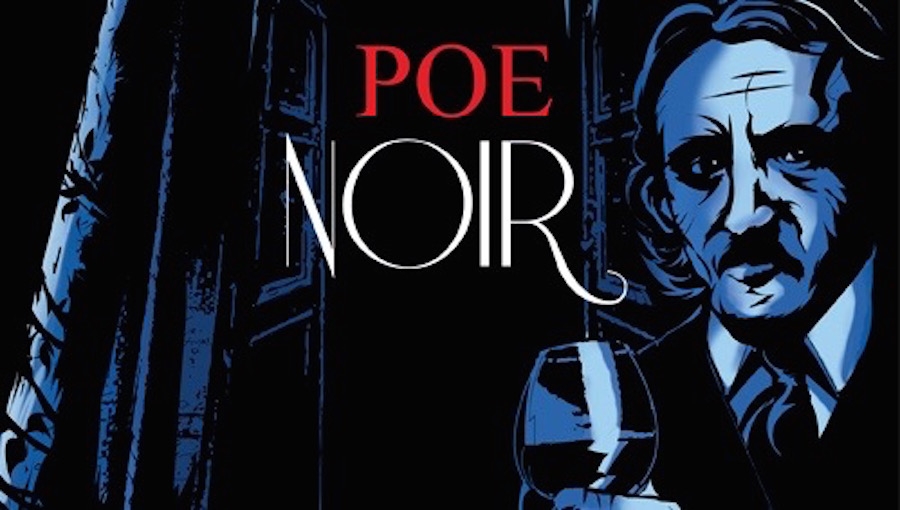Poe Noir is sheer brilliance. Tim Zajac, Miguel Acedo, and Graham Sisk take Edgar Allan Poe’s classic gothic tales and put a noirish spin on them. They capture Poe’s great ironies and inquiries into the sinister, immoral nature of mankind. The two episodes in this issue are captivating and have me itching for more.
This issue resonates with me particularly because I used to teach high school English, and “The Cask of Amontillado” was always one of my favorite stories to teach. I wish I had this issue when I was teaching, because it contains a perfect version of Poe’s tale that would raise great conversation about morality and human nature. Poe is a master of storytelling, and Zajac’s adaptation, “A Cask in Crescent City,” is a beautifully ingenious version. Setting the tale during Mardi Gras, where vice and immorality are unleashed freely, makes the tale feel relevant to any time and any place. This episode shows how any man can overindulge and the price to be paid for it. Zajac’s adaptation also allows us to think about how morality can be set on a social scale and encourages readers to think about the consequences of our vices. Monty’s inner turmoil is a moral one, and Fortunato is a gluttonous pig who thinks he is untouchable. Monty also has a don’t-mess-with-me attitude that is enticing. Zajac creates a tone that is dark and mysterious but also revealing, and he captures the rhetoric of noir with choppy, short sentences that are abrupt and to the point. Collectively, these make for an engaging read.
Graham Sisk is a noir wizard. His illustrations of the Mardi Gras celebrations brilliantly capture the exuberance of the festivities in such intricate detail. His shadows and silhouettes intensify the uncomfortable, eerie feeling we typically have while reading Poe’s works. Every panel is intoxicating.
Acedo’s take on “The Black Cat” is poetically named “Loving and Loathing in a Madman’s Supposing”—a perfect title for a noir version of a Poe classic. This episode is a disturbing look into the madness of the mind under stress. And the various ways that the animals communicate throughout the story intensify their mysterious unpredictability. I also love the repeated declaration, “I am not mad,” which overtly suggests the manifestation of mental illness that is itching to be unleashed. Acedo’s spin on the tale in making the man an author provides access to the inferiority of a man plagued with a crumbling mind.
Sisk’s art in this episode continues to capture the intensity of film noir. The panels incite terror as we visually witness the unraveling and deteriorating mind of a madman. The story literally bleeds from the pages, and the page that illustrates the mental breaking point is a striking whirlwind of gothic chaos.
The creative team also cleverly incorporates subtle Poe references throughout the two episodes. Poe fans will enjoy stumbling across these allusions, as they pay true homage to the author’s life and works. Overall, both episodes are compelling and profound. Poe Noir is definitely worth indulging in—so, sit back and enjoy the mayhem.

